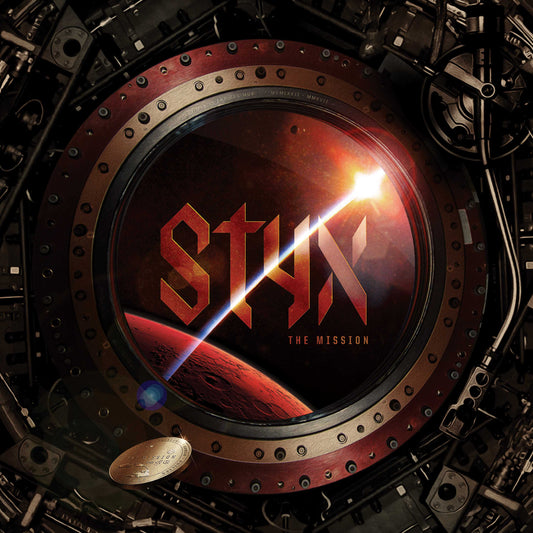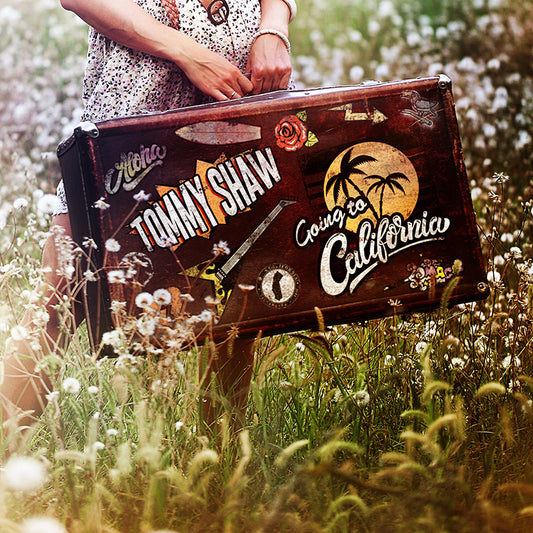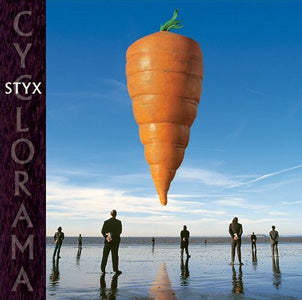News

The Mission Turns 3!
Celebrating the three-year anniversary of the release of Styx’s latest — and most vibrant — studio album, The Mission, with exclusive comments from the seven men who made it happen.
The Mission Turns 3!
Celebrating the three-year anniversary of the release of Styx’s latest — and most vibrant — studio album, The Mission, with exclusive comments from the seven men who made it happen.

Tommy Shaw Releases "Going to California" Cover...
Styx guitarist/vocalist Tommy Shaw recounts the reasoning behind the digital-only release of his stunning acoustic cover version of Led Zeppelin's classic “Going to California.”
Tommy Shaw Releases "Going to California" Cover...
Styx guitarist/vocalist Tommy Shaw recounts the reasoning behind the digital-only release of his stunning acoustic cover version of Led Zeppelin's classic “Going to California.”

Big Bang Theory Turns 15!
Big Bang Theory, Styx’s rousing run through a baker’s dozen of celebrated rock and blues classics — in addition to a stripped-down makeover of one of their own benchmark hits...
Big Bang Theory Turns 15!
Big Bang Theory, Styx’s rousing run through a baker’s dozen of celebrated rock and blues classics — in addition to a stripped-down makeover of one of their own benchmark hits...
Todd Sucherman on the Making of Last Flight Home
Styx drummer Todd Sucherman explains the impetus for cutting his first ever solo album, Last Flight Home, which will be released on May 2, 2020.
Todd Sucherman on the Making of Last Flight Home
Styx drummer Todd Sucherman explains the impetus for cutting his first ever solo album, Last Flight Home, which will be released on May 2, 2020.

Styx March 2020 Tour Dates Postponed
Due to the current health concerns, the Styx concerts starting on March 13 through March 28, 2020 are postponed. Dates are currently being rescheduled. Please stay tuned for an update....
Styx March 2020 Tour Dates Postponed
Due to the current health concerns, the Styx concerts starting on March 13 through March 28, 2020 are postponed. Dates are currently being rescheduled. Please stay tuned for an update....

Cyclorama Turns 17 Today!
In celebration of the ongoing resonance of Cyclorama, Styx’s first full-length studio album of the 2000s that was released on February 18, 2003, guitarist/vocalist Tommy Shaw recalls the unique location...
Cyclorama Turns 17 Today!
In celebration of the ongoing resonance of Cyclorama, Styx’s first full-length studio album of the 2000s that was released on February 18, 2003, guitarist/vocalist Tommy Shaw recalls the unique location...

